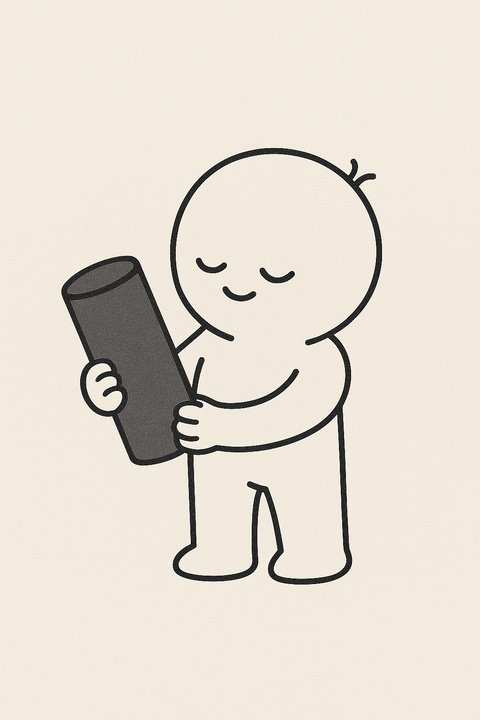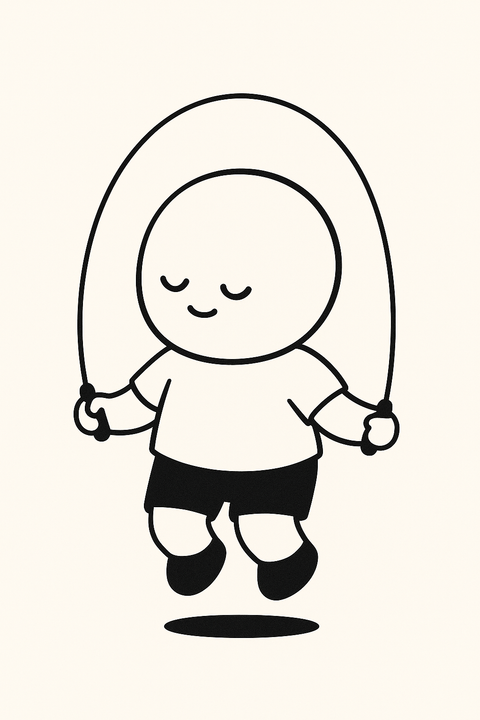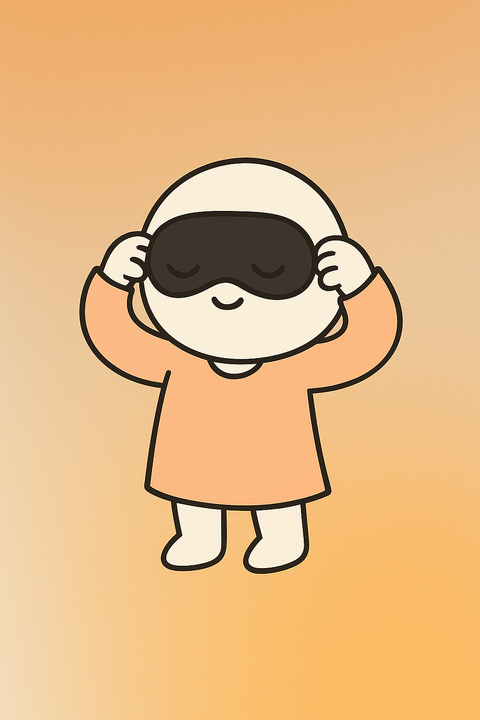If you’ve ever experienced stiff, achy muscles after a workout, you know how much it can slow down your progress. While rest and hydration help, one of the most effective recovery tools you can use at home is a foam roller. Affordable, lightweight, and incredibly versatile, foam rollers act as a form of self-massage that releases tight muscles, improves blood flow, and speeds up recovery.
In this guide, we’ll explore the best foam roller exercises for sore muscles, why foam rolling works, and how beginners can safely add it to their wellness routine.
Why Foam Rolling Helps with Muscle Soreness
When you exercise, small tears form in your muscle fibers — this is how muscles grow stronger. But these tiny tears can also lead to soreness and stiffness, often called DOMS (delayed onset muscle soreness). Foam rolling works by applying pressure to the muscles, breaking up tight knots known as “trigger points,” and increasing circulation.
The benefits include:
-
Faster recovery after workouts.
-
Reduced soreness and muscle tension.
-
Improved flexibility and range of motion.
-
Better posture and mobility.
For these reasons, adding foam roller exercises for sore muscles into your routine is one of the smartest moves for long-term fitness and wellness.
How to Use a Foam Roller Safely
Before diving into specific exercises, it’s important to know how to roll correctly.
-
Start gently: Use light pressure and increase gradually.
-
Roll slowly: Move an inch at a time instead of rushing.
-
Breathe deeply: Helps your muscles relax into the pressure.
-
Target, don’t torture: Mild discomfort is normal, sharp pain is not.
-
Roll post-workout: Foam rolling works best after exercise or during cool-downs.
Now, let’s go through some of the best foam roller exercises you can do at home.
Foam Roller Exercises for Sore Leg Muscles
Leg muscles take a lot of stress from running, squatting, and daily movement. These stretches relieve tension in the quads, hamstrings, calves, and IT band.
Quadriceps Roll
Lie face down with the foam roller under your thighs. Support your weight with your arms, then slowly roll from just above your knees to your hips. Pause on any tight spots for 20–30 seconds.
Hamstring Roll
Sit with the foam roller under your thighs. Lift your hips off the floor with your hands behind you and roll from the bottom of your glutes to just above your knees.
Calf Roll
Place the roller under your calves while sitting on the floor. Cross one leg over the other to add pressure, then roll from ankles to knees.
IT Band Roll
Lie on your side with the roller under your outer thigh. Roll from your hip to just above the knee. This can feel intense but is highly effective for runners.
By incorporating these foam roller exercises for sore muscles, you can reduce leg tightness and speed up recovery.
Foam Roller Exercises for Sore Back Muscles
Back tightness is common after lifting weights or sitting for long hours. Foam rolling can release knots in the upper and lower back.
Upper Back Roll
Lie on your back with the roller placed horizontally under your shoulder blades. Cross your arms over your chest and lift your hips slightly. Roll from mid-back up to the shoulders.
Lower Back Roll (with caution)
Lie on your back with the roller under your lower spine. Instead of aggressively rolling, lean slightly side to side to massage the muscles. Avoid putting direct pressure on the spine itself.
Lat Roll
Lie on your side at a 45-degree angle with the roller under your armpit. Roll gently down the side of your back. This releases the large lat muscles that often tighten from pull-ups or rows.
Foam Roller Exercises for Sore Glutes and Hips
The glutes and hip flexors play a big role in daily movement. Tightness here can lead to back pain or mobility issues.
Glute Roll
Sit on the foam roller and cross one ankle over the opposite knee. Lean toward the side of the crossed leg and roll slowly. This targets the glute and piriformis muscles.
Hip Flexor Roll
Lie face down with the roller under your hip crease. Roll slightly side to side to release the hip flexors, which often get tight from sitting.
These exercises are especially helpful for beginners who sit for long periods during the day.
Foam Roller Exercises for Sore Shoulders and Arms
Upper body rolling is often overlooked, but it can relieve tension from push-ups, overhead presses, or desk work.
Shoulder Blade Roll
Lie on your back with the roller under your shoulder blades. Move your arms overhead slowly as you roll up and down. This opens up the chest and releases shoulder tension.
Tricep Roll
Sit on the floor and place the roller under the back of your upper arm. Roll from elbow to armpit, pausing on tight areas.
Chest Opener
Lie lengthwise on the foam roller (head to tailbone supported). Let your arms fall open to the sides for a gentle chest stretch.
These moves reduce shoulder stiffness and improve posture, making them essential foam roller exercises for sore muscles in the upper body.
When to Foam Roll for Best Results
-
After workouts: Helps reduce soreness and flush out lactic acid.
-
On rest days: Improves recovery and prevents stiffness.
-
Before workouts: Use light rolling to warm up and increase blood flow.
Most people benefit from 10–15 minutes of foam rolling, focusing on 2–3 muscle groups each session.
Sample Foam Rolling Routine for Beginners
Here’s a quick 15-minute routine you can try at home:
-
Quads – 1 minute
-
Hamstrings – 1 minute
-
Calves – 1 minute
-
Glutes – 1 minute
-
Upper Back – 1 minute
-
Repeat the sequence twice for a full-body release.
By sticking to this routine 3–4 times per week, beginners will quickly notice less soreness and greater flexibility.
Tips for Getting the Most Out of Foam Rolling
-
Invest in the right roller: Softer rollers are good for beginners, while textured rollers provide deeper massage.
-
Stay consistent: Results come from regular practice, not one intense session.
-
Combine with stretching: Rolling plus gentle stretches gives the best recovery.
-
Hydrate: Drink water after foam rolling to help flush out toxins.
Conclusion: Recover Faster with Foam Roller Exercises
Foam rollers are one of the most cost-effective and powerful tools you can use to take care of your body. By adding these foam roller exercises for sore muscles into your routine, you’ll recover faster, reduce stiffness, and improve overall mobility.
Whether you’re a fitness beginner or seasoned athlete, dedicating just a few minutes to foam rolling can make your workouts more effective and your body feel better every day.
So grab your roller, find a spot on the floor, and start rolling your way to healthier, happier muscles.


